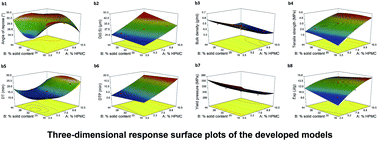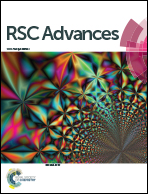Application of the central composite design to optimize the calcium carbonate-HPMC co-processed excipient prepared by co-spray drying
Abstract
To develop a novel co-processed tablet excipient based on calcium carbonate and hydroxypropyl methylcellulose (HPMC), the central composite design-response surface methodology (CCD-RSM) was applied to optimize the amount of HPMC and the solid content of feed suspensions used for co-spray drying by choosing powder and tablet properties as the evaluation indicators. Significant and adequate regression models were developed for each property. An increase in % HPMC improved powder bulk density, tablet tensile strength, and various tableting parameters. However, a high content of HPMC had a negative influence on tablet disintegration time. In addition, the median particle size of the product increased with both factors. However, they had little effect on the fast elastic stretch of tablets. Numerical optimization determined the optimal parameters as HPMC in the feed solid: 6.7% (w/w) and the solid content of the feed: 42% (w/v). The experimental values of the optimized co-processed excipient were mostly close to the model-predicted values. The tablet tensile strength and disintegration time were 3.28 MPa and 8.91 min, respectively. The combined use of CCD, RSM, and the desirability functions can provide an insight into the object studied and the results achieved are helpful for further development of novel co-processed excipients.


 Please wait while we load your content...
Please wait while we load your content...